Tips & Tools
Managing your anxiety
Food and Anxiety

By Haley Smith
 I love everything to do with food. Grocery shopping, cooking, baking, eating... you name it, I love it! But even for those of you who don't love to cook as much as me, food is an essential part of your happiness and health. Food and cooking are powerful ways to help manage anxiety, and as such it's important to think about what, when, and how you're eating.
I love everything to do with food. Grocery shopping, cooking, baking, eating... you name it, I love it! But even for those of you who don't love to cook as much as me, food is an essential part of your happiness and health. Food and cooking are powerful ways to help manage anxiety, and as such it's important to think about what, when, and how you're eating.
For me, there are two main ways that food helps to manage anxiety. Firstly, cooking is an almost meditative process. Following a recipe is (usually) a simple process, with defined steps to follow. I always feel calmer and satisfied after finishing a recipe. Secondly, the foods that you eat can directly impact your physiological state of arousal, and thus your levels of anxiety. Some foods can exert an anxiolytic (i.e. anxiety inhibiting) effect on the body, whereas others can increase the level of anxiety you are feeling. Here are some of the foods that can help or harm you with respect to anxiety.
Foods to eat: These foods are generally low in refined sugar and caffeine, and high in protein, fibre, omega-3s, and whole grains. As a general rule, foods to eat include "whole foods" (i.e., foods at the grocery store that are a single item, like an apple, rather than packaged foods with multiple ingredients).
- High fibre foods such as leafy greens, oatmeal, fruits, and whole grains.
- Whole grains, such as whole wheat breads, instead of processed carbohydrates (simple sugars like those in white breads cause blood sugar spikes, possibly making you feel jittery before experiencing a crash).
- Foods rich in B vitamins, such as beef, dark leafy greens, citrus fruits, nuts, and eggs (B vitamins are critical in managing stress levels).
- Foods rich in tryptophan. Tryptophan is the precursor to serotonin, which is a brain chemical that can help you feel calmer. These foods include turkey, chicken, bananas, milk, oats, cheese, and nuts.
- Foods high in protein and omega-3s, such as salmon and other fatty fish.
- Other high protein foods, such as greek yogurt (tip: I often buy the unflavoured/unsweetened kind and then add my own maple syrup to it... meaning I get less refined white sugar and high antioxidant levels from the maple syrup!).
- Herbal teas, like chamomile and peppermint. These two teas definitely calm me down and help me relax.
Just as there are foods to eat to help decrease anxiety, there are also foods to avoid in order to manage anxiety levels. Here are some foods to avoid (or consume in moderation):
- Coffee and foods containing caffeine, such as chocolate (these foods can suppress serotonin production, making you feel more jittery/anxious).
- Candy (the simple sugars in candy cause blood sugar spikes and crashes, interfering with your moods and anxiety levels).
- Alcohol (alcohol is a depressant and diuretic, which can seriously interfere with moods and anxiety).
- Processed foods and meats
With respect to foods to avoid, it's important to understand the principles of moderation and timing. When I cook and eat, I try to employ a "90/10" rule, meaning that I eat well and consciously 90% of the time, but I leave 10% for the indulgences that I don't want to live without. For example, I love tea and chocolate (don't forget ice cream!) which contain caffeine and refined sugar. However, by eating these in moderation and at the right times of day, I stay happy and a bit more in control of my anxiety levels.
The "90/10" rule covers the principle of moderation, but what about timing? With respect to caffeine and high sugar foods, try to avoid these before bed. I make sure that I don't consume any caffeine after ~3pm, because I know that it really interferes with my sleeping (and thus my anxiety levels). I also try not to consume sugary foods after 7pm. You can time your food intake even more, by including fruit and veggies at every meal (instead of just at dinner), and by avoiding foods that trigger your anxiety before events that you find stressful, such as a school presentation or an athletic event.
To help you kickstart your food-related anxiety management, here is one of my favourite breakfast recipes! It keeps in the fridge for up to 5 days, so you can make it on Sunday and have it for breakfast for the whole week (time saving is another anxiety-management tool!). Plus, it's packed with fibre, protein, and all of the good things we've already talked about. I hope you enjoy!
Cinnamon Breakfast Quinoa
Ingredients:
- 2 cups water
- 2 cinnamon sticks
- 1 cup uncooked quinoa
- 1 tbsp of cornstarch
- 1 tsp ground cinnamon
- 1 1/2 cups milk
- 1/4 cup pure maple syrup (or honey - you can adjust this amount to suit your sweetness desires)
- Greek yogurt for serving
- Fruit for serving
Directions:
- In a medium sized pot, bring the water and cinnamon sticks to a boil. Stir in the quinoa. Reduce heat to low; cover and simmer for about 12 minutes (or until the quinoa has absorbed all the water).
- Once the quinoa has finished, remove the cinnamon sticks (use a fork - the quinoa is hot!) and set the quinoa aside in a bowl. In the same saucepan, whisk the milk and maple syrup together. Bring to a boil over medium-high heat.
- Reduce the heat to low, whisk in the cornstarch and ground cinnamon, and cook (stirring constantly!) for about 1 minute. Stir the quinoa back in and cook, stirring occasionally, for about 5 minutes (or until the milk looks absorbed).
Serving:
- You can serve this dish either cold or hot. Top the quinoa with a dollop of greek yogurt, and serve with any mixture of fruit (sliced bananas, fresh berries, and chopped apples are my favourites!). Adding a spoonful of nut butter or handful of walnuts are also delicious.
- Note: If you want a softer texture, you can adjust the recipe by adding 1 more cup of water initially and adding 1/2 cup of large flake oats after the quinoa has been cooking for 5 minutes.
- All
-
29 Nutrition
Nutrition
- 73 Mindfulness and Relaxation
- 27 Student Life
- 8 Exercise
- 51 Treatments & Therapies
- Anxiety Resources

Don't see what you're looking for? Send us an email!
©Copyright 2024 Cam’s Kids powered by Kids Help Phone
Not-for-Profit Organization. B/N: 921508-5
Thanks for visiting Cam's Kids. Please remember...
Cam's Kids is not a service provider.
If you are in crisis, please call 911 or go to your nearest emergency department. For free, confidential counselling, contact Good2Talk or Kids Help Phone.
Post-secondary students: find your local crisis resource here.

